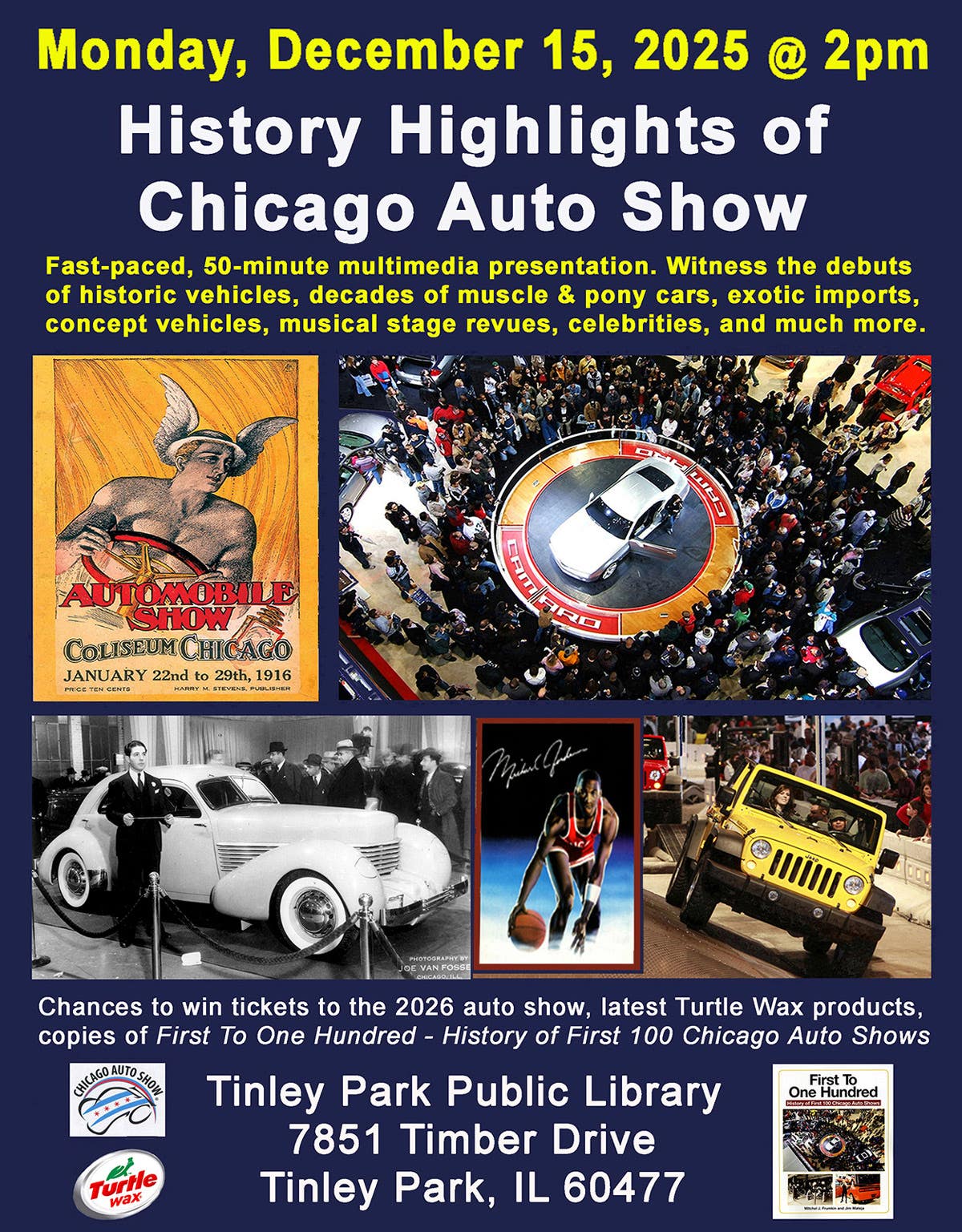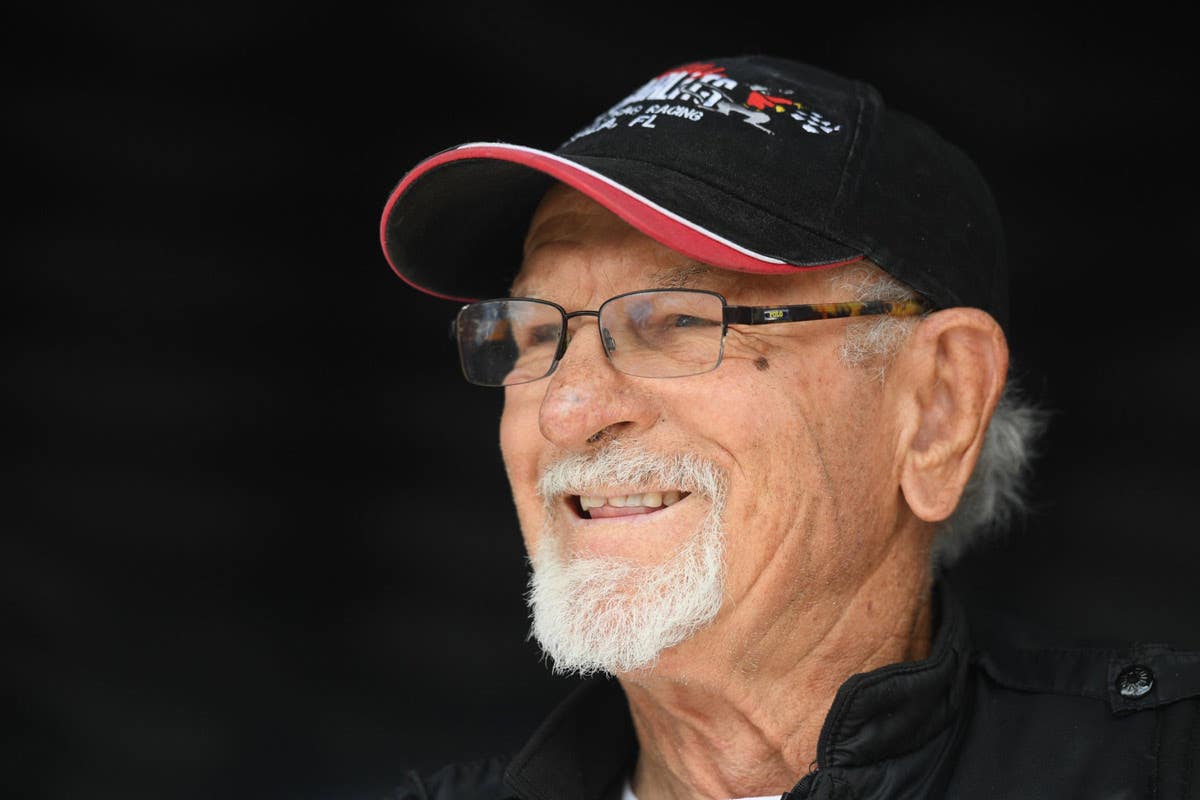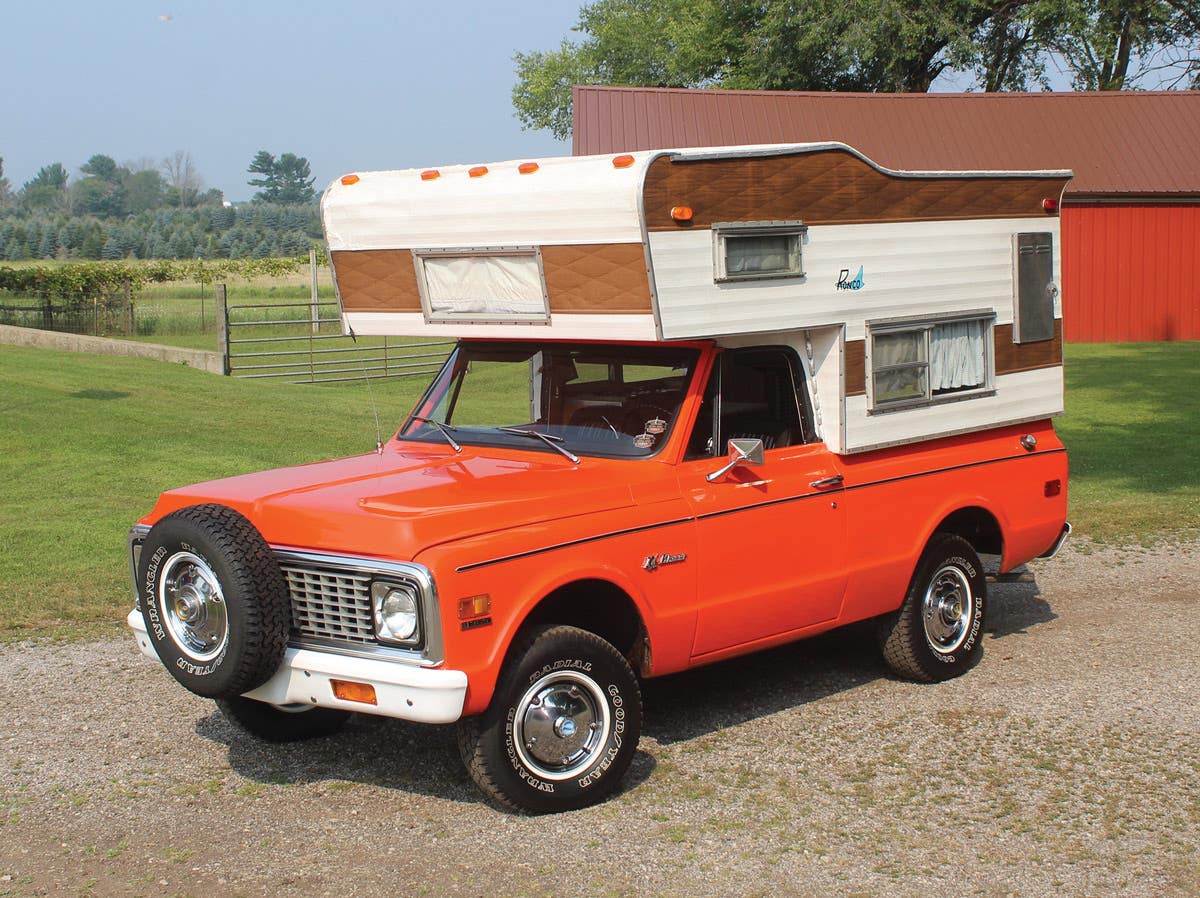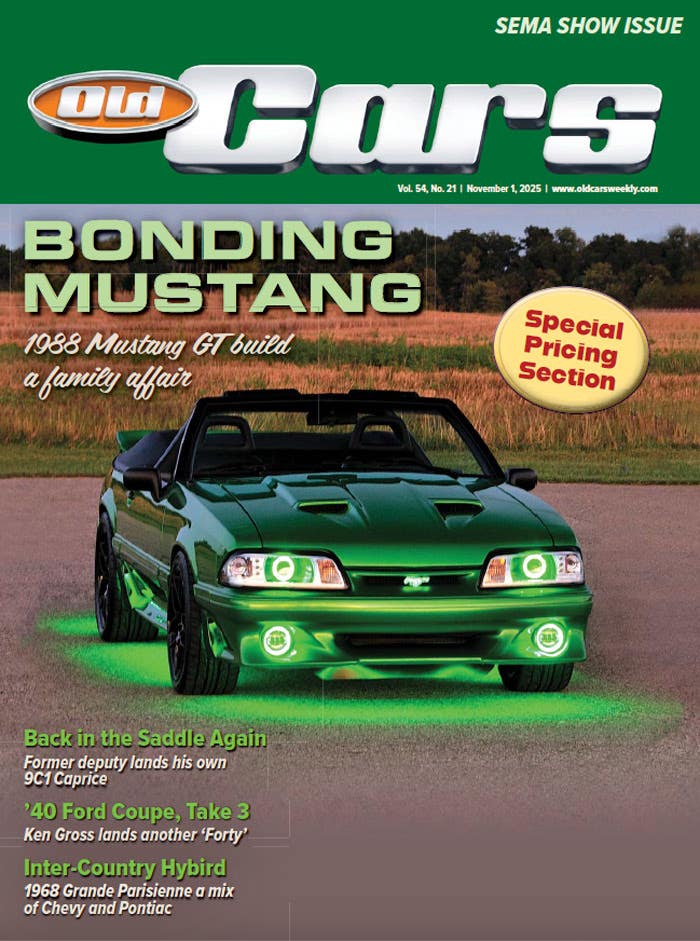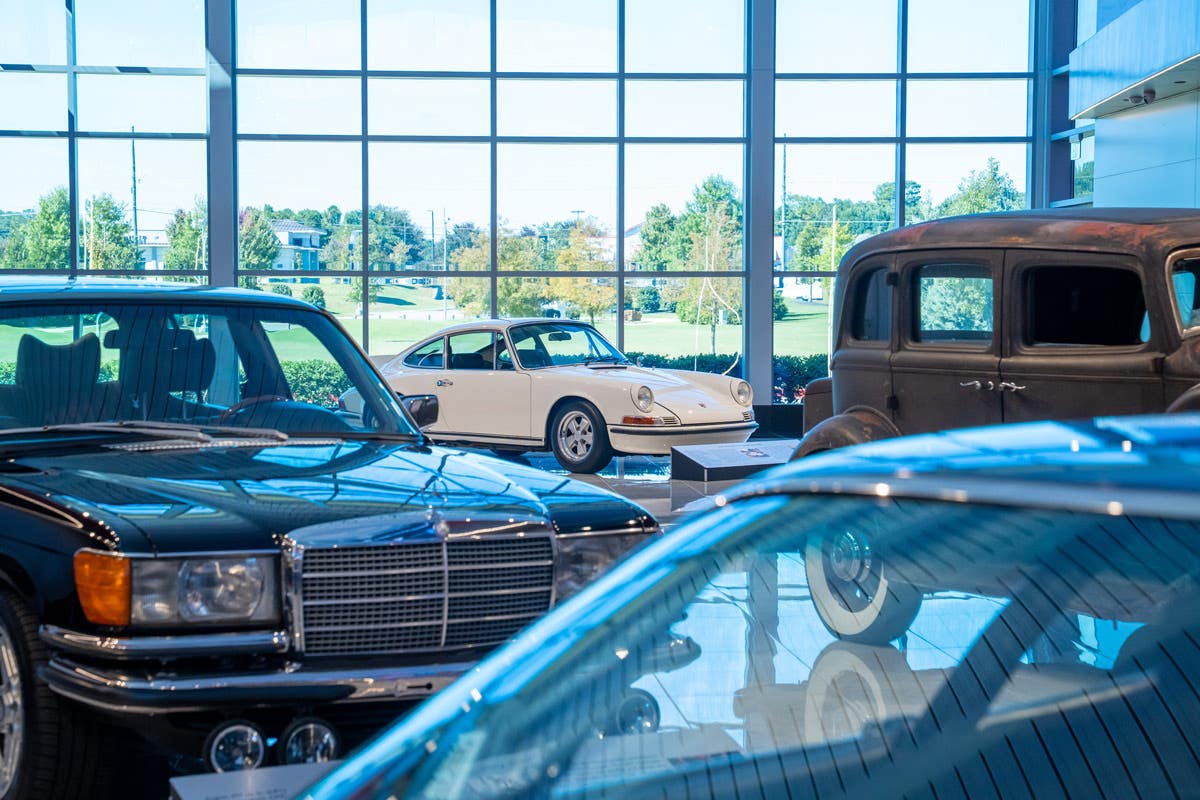Painting a car
Painting a car has always been an important part of automobile manufacturing. Once the industry learned how to mass-produce vehicles, factories could crank them out by the thousands. It got…
Painting a car has always been an important part of automobile manufacturing. Once the industry learned how to mass-produce vehicles, factories could crank them out by the thousands. It got to the point where it took less time to make a car than it took for the paint to dry.
My college art instructor insisted that paint never dries. To automakers, in the early 1920s, that certainly seemed to be the case. In addition to the thousands of square feet of factory space needed to build automobiles, the manufacturers had to buy or rent empty lots to store cars in while the paint dried.
Henry Ford took to using a finish called China Black on his hot-selling Model T. After that, it was said that you could get your Ford “in any color as long as it was black.” People didn’t seem to care too much. They wanted wheels—not a color wheel! Their black Model T could get them from Point A to Point B just as fast as a red one or a blue one.
During the Gatsby era, wealthy motorists turned back to colorful cars. The red roadster, the Yellow Rolls-Royce and the Envy Green Duesenberg inspired artworks, motion pictures and legends. Ever see calendar photos of a Ruxton with gradated lavender and purple stripes? How about cars with “plaid” paint jobs or painted-on canework patterns.
A lot of the color explosion was due to the invention by duPont of nitrocellulose lacquer. The famous “True Blue” Oakland Six was first to adopt this fast-drying finish. It speeded up production, cut the need for storage lots and eventually allowed car makers to offer a variety of color options.
duPont’s Duco finish was amazing, The first old cars we collected were ‘50s GM models finished in it. If they looked weathered after years of sitting outside, you simply got the polisher out and eventually the car looked as if it was made of patent leather. The shine seemed to stay around until the day you buffed the last paint off a spot and found yourself looking at primer.
Acrylic lacquer might have been the next big thing to come along. We can remember GM cars with a round sticker in the glovebox announcing that the front end of the car had been finished with special “Magic Mirror” acrylic lacquer.
Today we have base coat-clear coat paints, catalysts, reducers, hardeners, softeners, flex paint, chameleon colors and on and on. Buckets of paint cost hundreds (even thousands) of dollars. Paint jobs cost . . . well, as they say in the movies, “How much have you got?”
It’s crazy. Give me a can of paint and a brush; give me the good old days.



